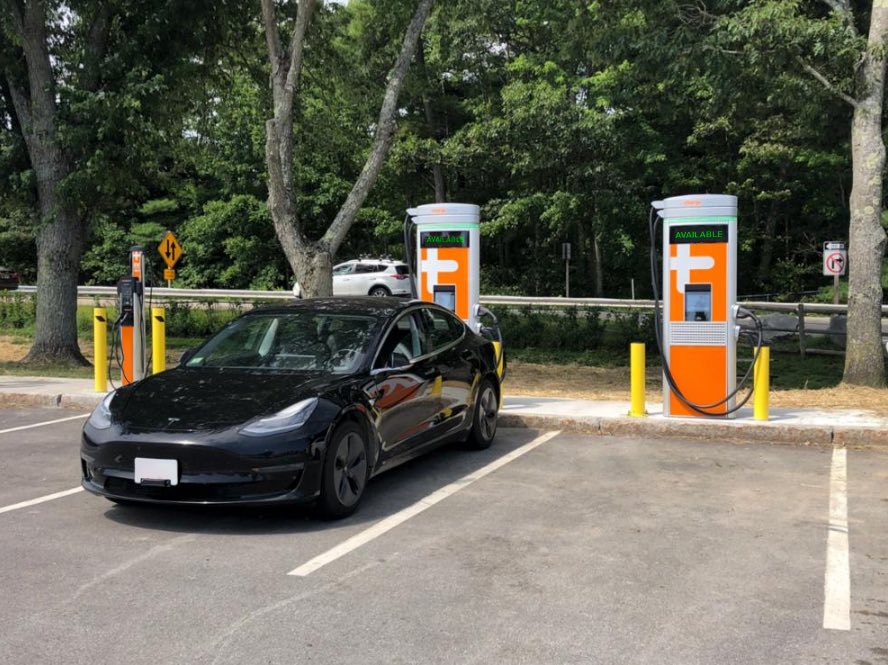As the world moves towards sustainable transportation, electric vehicles (EVs) are becoming increasingly popular. However, despite their numerous benefits, there are still some limitations of electric vehicles that need to be addressed. In this article, we will explore some of the challenges that EVs face, including limited availability, charging infrastructure access, and upfront costs.
Higher Upfront Costs
Electric vehicles face two major cost challenges: expensive battery packs and higher manufacturing costs compared to internal combustion vehicles. However, battery prices are expected to drop by 2030, and manufacturers are implementing new processes to reduce manufacturing costs. The introduction of new electric vehicle models from established carmakers and startups has increased competition and driven down prices within the $55K to $100K+ price range. As more models enter the market and manufacturing improves, we can expect to see further price drops and increased competition in the electric vehicle marketplace. To learn more read Why Electric Vehicles Have a Higher Upfront Cost.
Limited EV Availability
In 2018, there were only 27 models of battery electric vehicles available. However, by 2023, there are now over 40 models to choose from – and the number is still increasing. According to Cox Automotive, the average cost of an electric vehicle in 2022 was $58,940. Unfortunately, only 14 out of the 40 models are priced under $45,000, with the majority ranging from $55,000 to $200,000. In comparison, the average cost of a car during the same period was $48,008. For electric vehicles to become more accessible to Americans, they need to reach price parity with gas-powered vehicles. Unfortunately, there has been a supply problem with electric vehicles over the past few years, with a chip shortage and supply chain issues slowing down production. While there has been some improvement in the supply of electric vehicles, increased demand is making it more difficult to find and purchase them at this time.
Limited EV Charging Infrastructure Access
With electric vehicle charging infrastructure, you can travel to any major destination in the United States. However, remote locations may be more difficult to navigate. Currently, there are 53,383 charging locations in the United States as of 2023, offering Level 2 and DC Fast charge options such as Tesla, CCS, and CHAdeMO. In comparison, there are an estimated 111,000 gas stations in the USA. The Federal government has programs in place to encourage the growth of electric vehicle charging infrastructure, especially in underserved regions.
Aside from charging access, it’s important to note the reliability of EV charging. Currently, Tesla has the most reliable EV chargers on the market due to their ownership of the cars, in-vehicle software, and chargers. This allows them to inform drivers of any issues with specific locations or chargers. In contrast, CCS and CHAdeMO chargers are owned by multiple companies, resulting in potential issues for non-Tesla EV drivers who may arrive at a location and find that a charger is not working. In fact, 39% of CCS or CHAdeMO DC fast charger users reported not being able to charge. Tesla users do not typically experience this issue as the vehicles route them to working and available charging locations. CCS and CHAdeMO EV charging providers need to emulate this end-to-end benefit to make long road trips more hassle-free.
For a more detailed look at charging options in each state, you can visit the interactive charging map provided by Electric Driver. Additionally, you can read our article on EV charging access by state for further information.
Road Trips Take More Planning
When going on long road trips with an electric vehicle, it’s important to plan ahead. Make sure to check for compatible DC-Fast chargers along your route. Especially in remote areas where charging may be more difficult. Keep in mind that charging times may be longer than with a gasoline vehicle, and you may need to make more frequent stops to charge due to limited battery range. In case of roadside issues like running out of electricity or getting a flat tire, you’ll need to rely on roadside services for assistance since most electric vehicles don’t have a spare tire. However, with proper planning and preparation, you can enjoy a safe and enjoyable road trip with your electric vehicle. Read on for our tips on how to take a roadtrip in an electric vehicle.
Limited but Increasing Battery Range
The most expensive component of electric vehicles is the battery which also determines driving range. According to Mark Kane of InsideEVs, the average gasoline vehicle can drive 403 miles on tank of gas. In contrast, the average electric vehicle can drive 250-300 miles on a single charge. While battery technology is constantly improving, electric vehicles have yet to catch up to gasoline vehicles in terms of driving range. Something to note, however, is there are 600+ miles battery-electric vehicles on the horizon, but they will come at a premium.
In conclusion, electric vehicles offer a promising solution to reducing carbon emissions and are less costly to own. While there are still some limitations to consider such as upfront costs, limited availability, and charging infrastructure, the industry is constantly evolving and improving. To learn more about how an electric vehicle can fit your lifestyle while saving you time, money, and the environment, visit Electric Driver.
